Picture the kitchen of your dreams. Is it neat and organized? Stylish and chic? Or perhaps it's a combination of all the above! Either way, these do-it-yourself projects can help you add storage and personality to your kitchen!
Copper Paper Towel Holder [almostmakesperfect.com]
Love modern design? If so, this copper paper towel holder will add some modern style to your cooking area. The end result may look expensive, but the materials are very affordable — and it's easy to make!
Tiered Fruit Basket
Display fruits and vegetables without taking up counter space by making this three-tiered hanging fruit basket. Its sturdy chains make it able to hold a good deal of weight, while its wooden bases create flat surfaces for your produce to rest upon. [alwaysrooney.com]
Stitched Hot Pads [purlsoho.com]
Whether you're looking to add a pop of color to your kitchen or to add to your collection of textiles, these adorable stitched hot pads are the perfect project. Even the most novice crafter can easily stitch together the fabric scraps used for these hot pads, and by mixing and matching fabrics, you can create a whimsical look that's sure to bring some big style to your space.
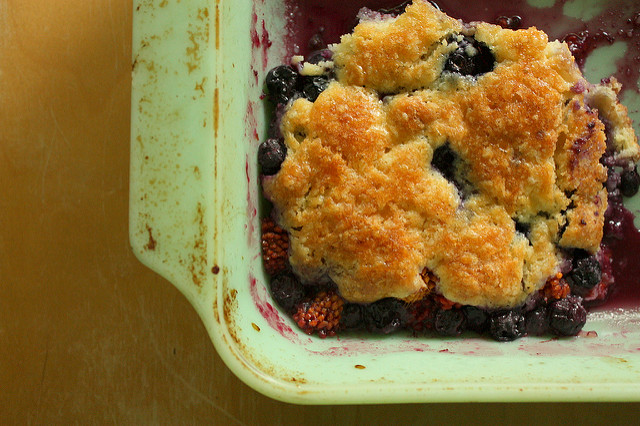


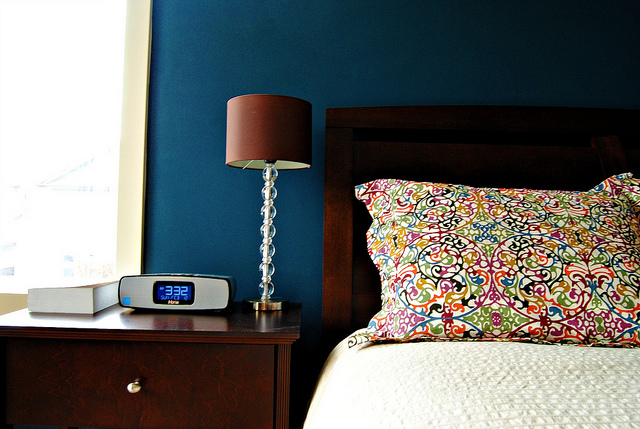
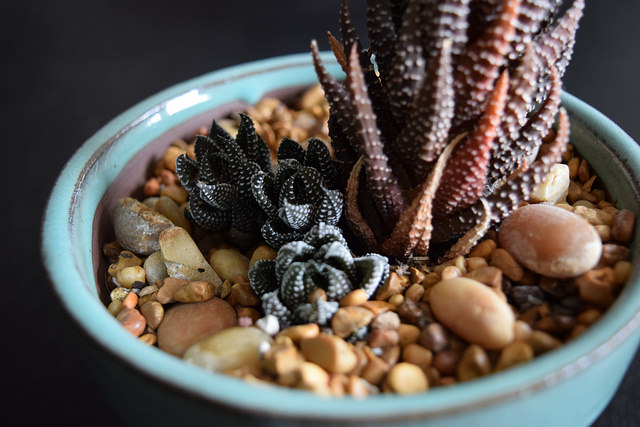

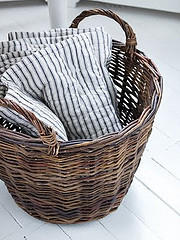
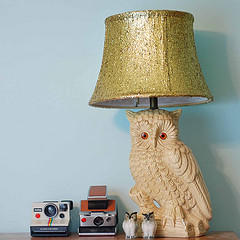
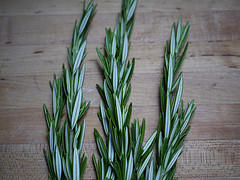
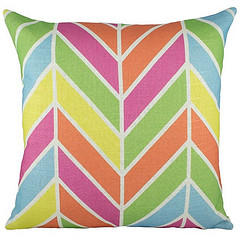
 Equal Housing Opportunity
Equal Housing Opportunity